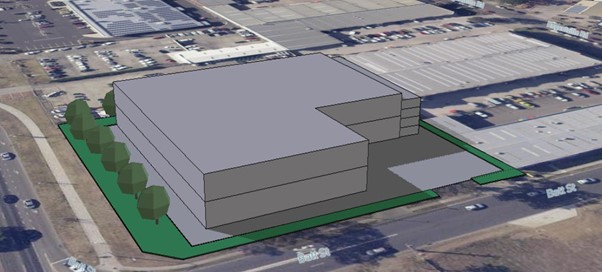A full review of Penrith’s DCP 2014 is currently underway, resulting from the large amount of work being undertaken through the Penrith Local Strategic Planning Statement and Local Environmental Plan Review. Other factors that have influenced the need for a DCP review include strategic planning, need for more contemporary controls to reflect community needs, recent legislation and standardisation changes. The review will be an extensive project that considers every element and control of DCP 2014, representing a wholesale review and restructure of the plan.
JOC Consulting was commissioned by Penrith City Council to undertake a holistic review of the Commercial and Sustainability chapters of the DCP. Leveraging our strategic planning and development feasibility expertise, we provided concise and targeted controls which established a tangible planning consideration for assessment officers to address as part of their assessment. Some of the key outcomes from our work included:
- Introducing new development controls for mixed use development, including such as setbacks, building heights, active street frontages, and hours of operation
- Introducing a metric to improve sustainability outcomes across Penrith
- Accompanying objectives to new development controls
- Amendments to existing controls and objectives, including rationalising setbacks for the Jamisontown Commercial Precinct
- An accompanying justification and analysis report to be reported to Councillors
- Proposed staging of controls, and identifying areas for further investigation as other sections are reviewed
- A detailed comparison of ‘best practice’ DCP’s from Council’s across Australia
- A high-level analysis on potential impacts to development feasibility using Giraffe (see above)
- Modelling of potential built form outcomes from the proposed development controls
- Analysis and modelling of tree canopy cover impacts from the proposed development controls
- Preparation of model LEP Clauses to strengthen the proposed amends to the DCP
JOC Consulting undertook a collaborative process during the project, by having employees work a day within Council’s offices and acting as an extension of the planning team.
